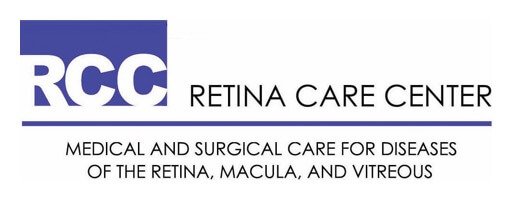
Age-related macular degeneration (AMD) is a degenerative process involving the central retina or macular. AMD causes legal blindness in 1.7% of people age 50 or older and is the leading cause for blindness in the USA.
Symptoms of AMD include:
- Loss of central vision
- Blurry central vision
- Wavy central vision
- Distortion in the central vision
There are two types of AMD:
- Dry (non-neovascular)
- Wet (neovascular)
About 85% of patients with AMD have the dry form of AMD, while 15% of patients will develop the wet form of AMD.
Fortunately most patients have dry AMD and they often do very well their entire lives without much central vision loss. Over time, however, about 10% of patients with dry AMD will develop enough degenerative changes in the macula to cause central vision loss or blindness.
In about 15% of patients with dry AMD, the condition eventually turns into wet AMD and that will often result in severe central vision loss. Wet AMD occurs when abnormal new blood vessels begin to grow under the central retina or macula causing bleeding, leaking and exudative changes that will ultimately lead to central macular scarring.
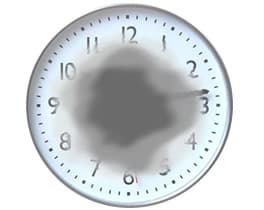
Risk Factors
Risk factors for AMD include:
- Family history of AMD (various genes have been associated with the development of AMD)
- Having blue or light colored eyes
- Smoking
- Long-term, unprotected exposure to the sun
Other high possible risk factors would include hypertension (high blood pressure), high cholesterol and a diet high in fat.
What Can Patients Do?
A simple test that can be done by the patient at home is called the Amsler Grid Test. Patients are instructed to test each eye separately and report any distortion, waviness or missing areas in the grid immediately to the doctor.
Age-Related Eye Disease Studies (AREDS/AREDS2). The National Eye Institute conducted the Age-Related Eye Disease Studies and found that patients taking theses nutrition supplements could reduce the risk of progression of AMD.
Diagnosing AMD
Aside from a complete eye and retinal examination, there are diagnostic tests that your ophthalmologist can perform to confirm the diagnosis of dry or wet AMD:
- Optical Coherence Tomography (OCT) Scans
- Fluorescein Angiography
- Indocyanine Green Angiography
- OCT – Angiography
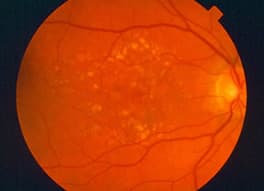
Treatments for Dry AMD
AREDS 2 nutritional supplements can reduce the progression of this disease.
Syfovre™ (pegcetacoplan injection) and Izervay™ (avacincaptad pegol) are indicated for the treatment of geographic atrophy (GA) secondary to age-related macular degeneration (AMD)
Introducing Valeda: A New Breakthrough in the Treatment of Dry Macular Degeneration
We have exciting news for patients with dry AMD. A revolutionary new treatment for dry age-related macular degeneration (dry AMD) is now available. The FDA has authorized Valeda, a cutting-edge photobiomodulation (PBM) therapy, to help manage dry AMD. This treatment, which has been available in Europe for several years, is now available in the United States. This treatment has been shown to improve the lives of patients with dry AMD.
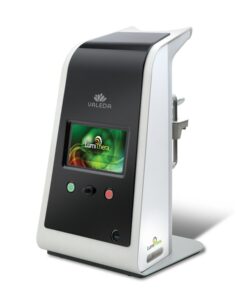
Clinical trials have demonstrated improvements in vision, reduced drusen deposits, and prevention of geographic atrophy progression with regular treatments. If you or someone you love is experiencing vision loss from dry macular degeneration, we encourage you to explore this groundbreaking therapy.
How Does Valeda Work?
Valeda is a unique treatment that uses specific wavelengths of yellow, red, and infrared light to target the cellular processes involved in dry AMD. By using photobiomodulation (PBM), Valeda stimulates mitochondrial to increase energy production which promotes healthy cell metabolism, and reduces inflammation and macular cell death. This helps to slow the progression of the disease, improve vision, and even reduce drusen, the small yellow deposits that accumulate in the macula.
Clinical Benefits of Valeda
The Valeda treatment has shown impressive results in clinical trials. In the LIGHTSITE III trial, patients who received PBM treatment demonstrated:

- Improvement in visual acuity, with an average gain of more than one line on the eye chart after one year of treatment.
- Reduction in drusen volume, the macular deposits that contribute to vision loss.
- Prevention of geographic atrophy progression, with a significant reduction in the development of this condition in treated patients compared to those who received a sham treatment.
- These results are exciting as they provide a means to maintain and even improve vision and slow the progression of dry AMD.
Detailed clinical trial data and results.
Treatment Details
Valeda uses a specialized light delivery system to deliver light in the yellow and red and infrared spectrum. The treatment is non-invasive, safe, and involves multiple sessions spaced a few days apart.
- Treatment Schedule: Typically, patients undergo a series of 9 treatment sessions over the course of 3-5 weeks. After the initial series, follow-up cycles are repeated every 4 months.
- No Pain: The treatment is well-tolerated, with most patients experiencing no pain during the procedure.
- FDA Authorization: Valeda is the first FDA-authorized device for dry AMD, and the first treatment for intermediate dry macular degeneration, offering a significant breakthrough for patients.
Is Valeda Right for You?
Valeda is ideal for patients with dry AMD characterized by the presence of drusen or non-central geographic atrophy. The treatment is not suitable for individuals with wet AMD or those experiencing significant vision loss due to central macular atrophy.
If you suffer from dry macular degeneration, we encourage you to take advantage of these exciting new advances in medical technology. Call us today at 732 905-0004 to schedule your Valeda Light Therapy consultation!
Frequently Asked Questions
Get Started with Valeda Light Therapy for Dry Macular Degeneration Today!
If you or someone you know is living with dry macular degeneration, contact us today to schedule a consultation. Our team will evaluate your condition and determine if Valeda light therapy is the right treatment option for you. Do not wait to take control of your vision – we are here to help!
Retina Care center is available daily with the newest and best treatment options for macular degeneration.
For further details, or to schedule an appointment, please contact our office at:
Treatments for Wet AMD
Injections of medications (intravitreal injections) into the eye in order stop the abnormal blood vessels from growing under the macula. Various medications are used for the treatment of macular degeneration. These include:
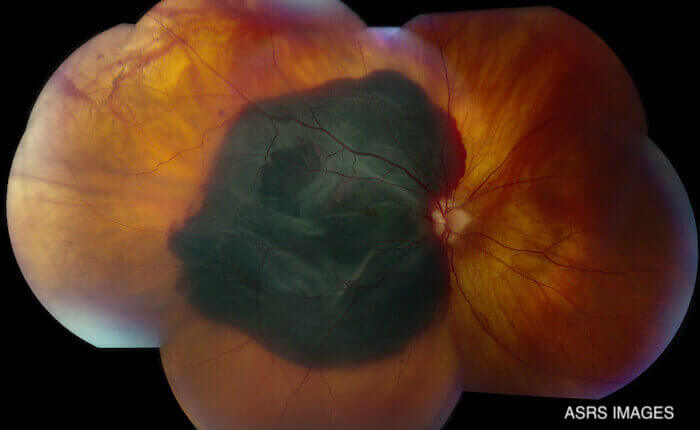
Avastin®
Beovu®
Lucentis®
Vabysmo™
Eylea®
Eylea HD ®
Kenalog® and Triesence® have been used in patients with wet AMD
Laser photocoagulation techniques such as thermal laser photocoagulation and Visudyne® photodynamic therapy are also useful at times in the treatment of wet AMD.

